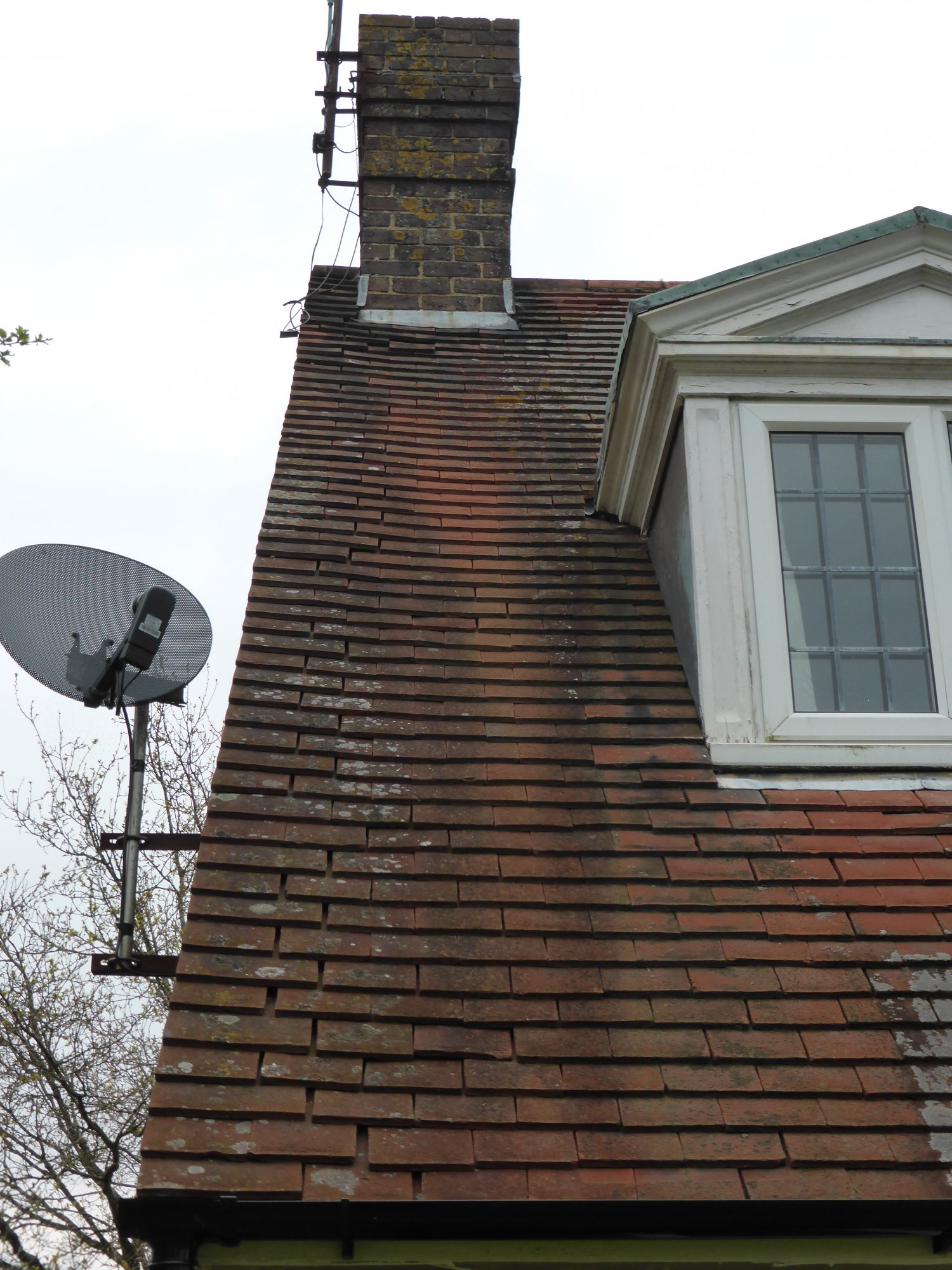Proposed house purchase. Found this in the loft on inspection.
Cant see any signs of leaks, but can see light around the chimney from inside the loft. See gaps in tiles on the outside.
Felt is perished....
What would you do?
Also, any idea why the breeze block gable end in the loft? and ties bard appear to have been added. they look newer than the rest of the house for sure. Both gable ends are breeze block with the tie bars.
And the rendered chimney in the loft?
Thanks!
Cant see any signs of leaks, but can see light around the chimney from inside the loft. See gaps in tiles on the outside.
Felt is perished....
What would you do?
Also, any idea why the breeze block gable end in the loft? and ties bard appear to have been added. they look newer than the rest of the house for sure. Both gable ends are breeze block with the tie bars.
And the rendered chimney in the loft?
Thanks!







